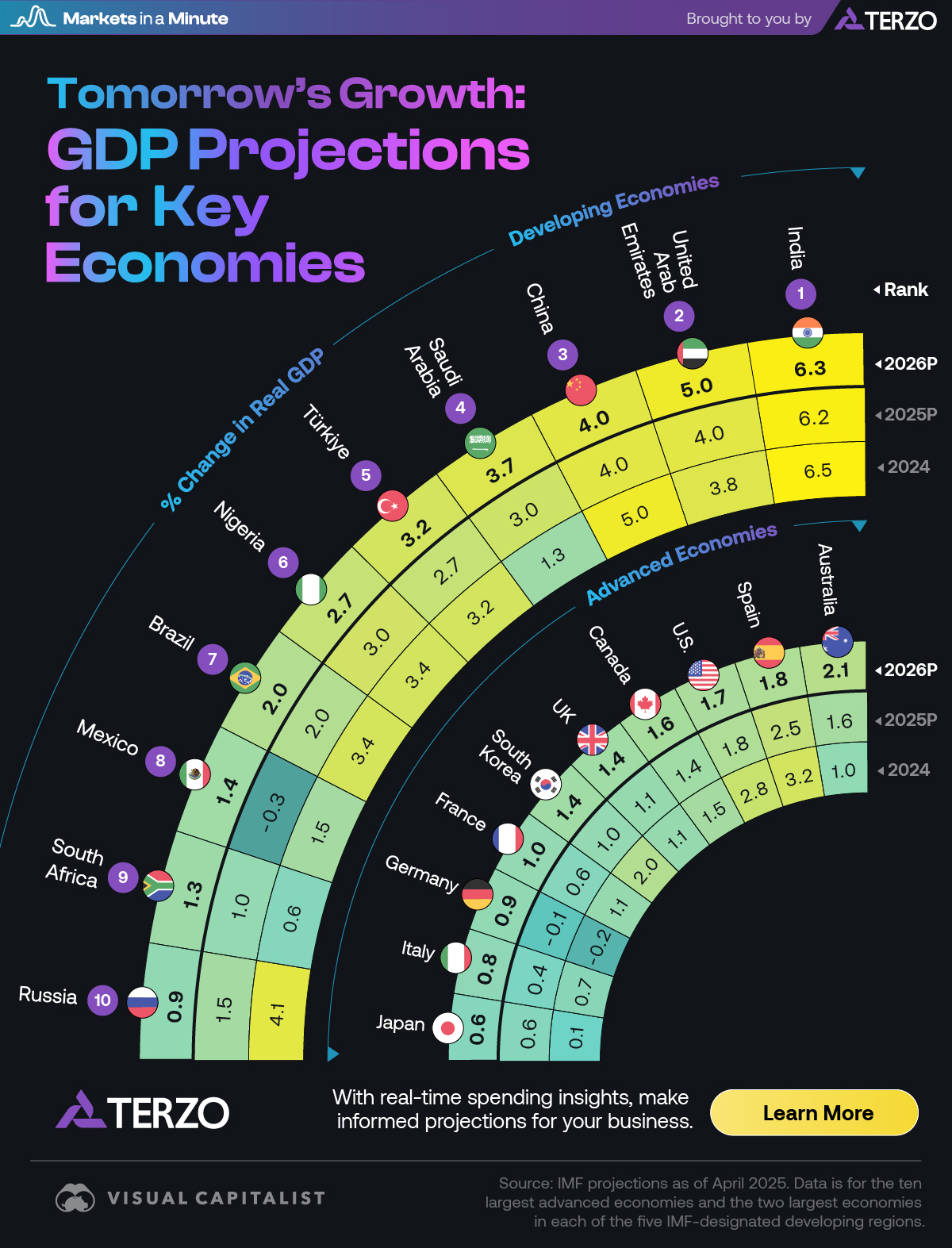U.S. Labor Market Assessment and Implications for Sustainable Development Goal 8
A recent report from the Bureau of Labor Statistics (BLS) indicates a significant challenge to the achievement of Sustainable Development Goal 8 (Decent Work and Economic Growth) within the United States. A substantial downward revision in job creation figures has revealed underlying weaknesses in the labor market, contrasting with previous narratives of robust economic expansion. This revision calls into question the nation’s progress towards ensuring full, productive employment and decent work for all.
- The estimated number of jobs created in the 12 months leading to March was revised downward by 911,000.
- Recent survey data indicated the creation of only 22,000 jobs in August.
- The average number of jobs added over the last four months stands at 27,000, a figure significantly below previous levels and insufficient for sustainable economic growth.
Sectoral Employment Analysis and Industrial Policy Impact
Cross-Sector Decline in Job Creation
The downward revision was not isolated to a single area but was observed across nearly every sector of the economy. This widespread decline suggests systemic issues affecting job growth and economic stability, with potential negative consequences for SDG 10 (Reduced Inequalities), as sectors employing vulnerable workers are heavily impacted.
- Leisure and Hospitality: Revised down by 176,000 jobs.
- Business Services: Revised down by 158,000 jobs.
- Retail: Revised down by 126,000 jobs.
The services sector, a critical driver of employment, is showing signs of weakness, which poses a risk to the overall health of the labor market and the goal of sustained economic growth.
Manufacturing Sector and Progress on SDG 9
The manufacturing sector, a key focus of SDG 9 (Industry, Innovation, and Infrastructure), recorded its fourth consecutive monthly decline in employment. This trend indicates a failure of current industrial policies, such as tariffs, to foster sustainable industrialization and create stable manufacturing jobs. Instead, higher input costs resulting from these policies appear to be contributing to job cuts as companies seek to reduce operational expenses.
Institutional Integrity and Data Reliability: A Challenge to SDG 16
Data Collection and Institutional Capacity
The accuracy of the employment data is central to effective policymaking for all SDGs. The large revisions highlight critical weaknesses in the national data infrastructure, undermining the principles of SDG 16 (Peace, Justice, and Strong Institutions), which calls for effective, accountable, and transparent institutions.
- Low Survey Response: The monthly employer response rate has fallen from 60% pre-pandemic to just 43%, leading to less reliable initial estimates.
- Budgetary Constraints: The BLS has been hampered by budget cuts under multiple administrations, preventing necessary modernization of data collection methods.
Adequate funding for statistical agencies is crucial for improving data accuracy, a foundational element for monitoring progress towards the Sustainable Development Goals as outlined in SDG 17 (Partnerships for the Goals).
Political Influence on Economic Institutions
The integrity of key economic institutions is being challenged by political actions. The dismissal of the BLS head and sustained pressure on the Federal Reserve to alter monetary policy undermine the independence and credibility required for these bodies to function effectively. These actions are in direct conflict with SDG 16.6, which aims to develop accountable and transparent institutions at all levels. The ongoing legal battle over the dismissal of a Federal Reserve governor further illustrates the struggle to maintain institutional autonomy from political pressure.
Economic Policy Response and Future Outlook
The revised employment data is now being utilized to advocate for significant cuts in the Federal Reserve’s interest rate. While a rate cut is anticipated, the broader context involves a conflict over the independence of the central bank. The combination of a weakening labor market, ineffective industrial policy, and compromised institutional integrity presents formidable obstacles to achieving the integrated economic and social objectives of the Sustainable Development Goals.
Analysis of the Article in Relation to Sustainable Development Goals
1. Which SDGs are addressed or connected to the issues highlighted in the article?
- SDG 8: Decent Work and Economic Growth
- SDG 9: Industry, Innovation and Infrastructure
- SDG 16: Peace, Justice and Strong Institutions
2. What specific targets under those SDGs can be identified based on the article’s content?
SDG 8: Decent Work and Economic Growth
- Target 8.3: Promote development-oriented policies that support productive activities, decent job creation, entrepreneurship, creativity and innovation.
- The article discusses the failure of tariffs to boost jobs, stating, “The boost to jobs which Trump claimed would result from tariffs has not materialised.” This directly relates to the effectiveness of economic policies in creating jobs.
- Target 8.5: By 2030, achieve full and productive employment and decent work for all women and men.
- The core of the article is the sharp downward revision of job creation numbers (“911,000 fewer jobs than has been previously reported”) and the decline in employment across various sectors, including leisure, hospitality, business services, retail, and manufacturing. This highlights challenges in achieving full and productive employment.
SDG 9: Industry, Innovation and Infrastructure
- Target 9.2: Promote inclusive and sustainable industrialization and, by 2030, significantly raise industry’s share of employment and gross domestic product (GDP).
- The article specifically points to a decline in the manufacturing sector, noting it “recorded its fourth consecutive monthly decline in August… with employment in the sector now negative for the year.” This is a direct contradiction to the goal of raising industry’s share of employment.
SDG 16: Peace, Justice and Strong Institutions
- Target 16.6: Develop effective, accountable and transparent institutions at all levels.
- The article details political interference with the Bureau of Labor Statistics (BLS), including the “sacking of the head of the BLS” and claims that its data was “rigged.” It also mentions that the BLS has been “hampered by budget cuts,” which affects its effectiveness and the accuracy of its data. The White House’s statement about needing “new leadership to restore trust and confidence in the BLS’s data” underscores the challenge to institutional accountability and transparency.
- Target 16.7: Ensure responsive, inclusive, participatory and representative decision-making at all levels.
- The political pressure on the Federal Reserve to cut interest rates and the attempts to remove Governor Lisa Cook and Chair Jerome Powell illustrate efforts to undermine the independent decision-making processes of a key financial institution. The article notes Trump’s campaign “to change the balance of power in the Fed’s governing body,” which challenges the principle of responsive and independent governance.
3. Are there any indicators mentioned or implied in the article that can be used to measure progress towards the identified targets?
SDG 8: Decent Work and Economic Growth
- Indicator: Number of jobs created/lost by economic sector.
- The article is built around this indicator, citing specific figures for downward revisions in job creation: “Leisure and hospitality were down 176,000, business services 158,000 and retail 126,000.” This directly measures employment levels, which is central to Target 8.5.
SDG 9: Industry, Innovation and Infrastructure
- Indicator: Manufacturing employment.
- The article explicitly measures this by stating that the manufacturing sector “recorded its fourth consecutive monthly decline in August” and that “employment in the sector now negative for the year.” This is a direct measure for assessing progress on Target 9.2.
SDG 16: Peace, Justice and Strong Institutions
- Indicator: Public budget allocated to national statistical offices.
- The article implies this indicator by mentioning that the BLS has been “hampered by budget cuts carried out under both previous Republican and Democratic administrations.” The National Association of Business Economists’ statement that “with sufficient funding, agencies can modernise data collection” further reinforces that funding levels are a key measure of institutional capacity (Target 16.6).
- Indicator: Public trust and confidence in national institutions.
- This is implied through the White House’s statement about the need to “restore trust and confidence in the BLS’s data.” The claims of “rigged” data and political dismissals directly impact public perception and trust in the integrity of these institutions, which is a qualitative measure for Target 16.6.
4. Table of SDGs, Targets, and Indicators
| SDGs | Targets | Indicators |
|---|---|---|
| SDG 8: Decent Work and Economic Growth |
8.3: Promote development-oriented policies that support decent job creation.
8.5: Achieve full and productive employment and decent work for all. |
– Number of jobs created or lost by economic sector (e.g., leisure, hospitality, business services, retail). – Impact of economic policies (e.g., tariffs) on job creation. |
| SDG 9: Industry, Innovation and Infrastructure | 9.2: Promote inclusive and sustainable industrialization and raise industry’s share of employment. | – Monthly and annual change in manufacturing sector employment. |
| SDG 16: Peace, Justice and Strong Institutions |
16.6: Develop effective, accountable and transparent institutions.
16.7: Ensure responsive, inclusive, and representative decision-making. |
– Public budget allocated to national statistical offices (implied by “budget cuts” hampering the BLS). – Public trust and confidence in national institutions (implied by the need to “restore trust and confidence in the BLS’s data”). – Instances of political interference in independent institutions (e.g., sacking of officials, pressure on the Federal Reserve). |
Source: wsws.org






